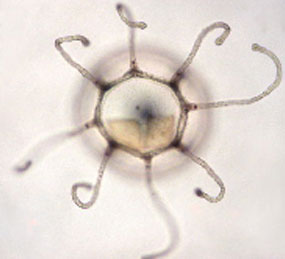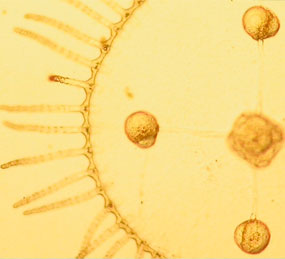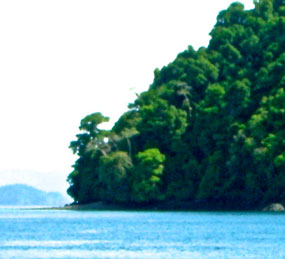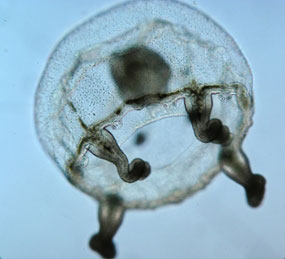Research
Most animals reproduce, age, and die. Turritopsis dohrnii (Cnidaria, Hydrozoa) has escaped this fate. Faced with unfavorable circumstances, the jellyfish of T. dohrnii avoid death by undergoing cell transdifferentiation and reverting to a younger life cycle stage, the polyp. Using a genomic approach, we are working to identify genes that might be involved in T. dohrnii’s life cycle reversal and cell transdifferentiation.

Medusae (jellyfish) of the orders Scyphozoa, Cubozoa and Hydrozoa, represent one main component of gelatinous zooplankton. Their blooms are important events controlling plankton dynamics in coastal waters worldwide. Although generally neglected in the literature, they have a significant impact on fish populations (and thus on fishery industries), both via predation and competition. Despite this ecological and economic importance, the factors that cause population fluctuations of gelatinous zooplankton are not well understood, and blooms are mostly unpredictable. This lack of knowledge is mainly due to the intrinsic difficulties of studying organisms that occur in temporally and spatially restricted peaks of abundance. Even more difficult is the study of the most abundant but least noticeable component of gelatinous zooplankton, the Hydromedusae (order Hydrozoa). These tiny medusae are usually overlooked in plankton ecology because they escape direct observation and standard plankton sampling techniques cannot detect their blooms. We plan to start a long term monitoring program of local hydromedusae population to understand biotic and abiotic factors that trigger their blooms.


